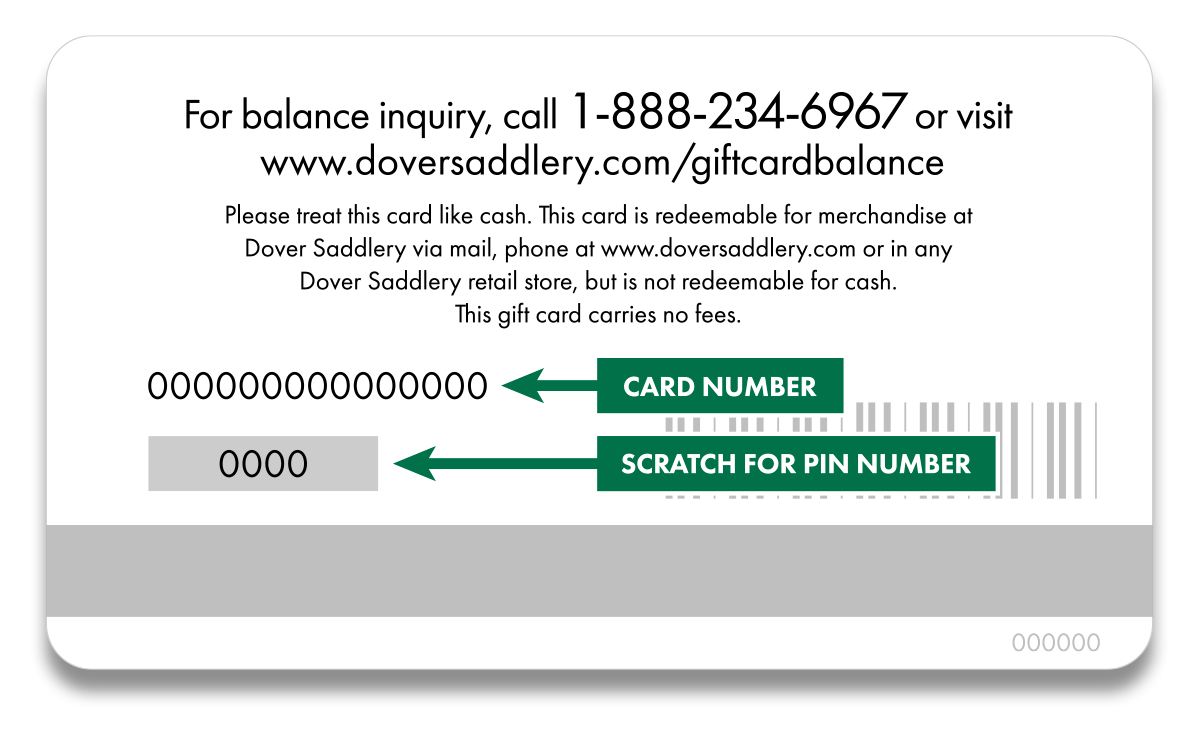
Grooming is an important component of maintaining a healthy horse. A regular, methodical grooming routine helps your horse’s natural disease barrier—his skin—remain healthy. It stimulates circulation, massages muscles, and distributes natural oils for a gleaming coat.
Proper horse grooming also helps you notice lumps, scrapes, skin irritations, ticks, or other abnormalities quickly. Grooming before tacking up prevents chafing, keeps your horse more comfortable, and even keeps your tack cleaner. A well-stocked kit of horse grooming supplies is essential for every rider.
Grooming is also a great way to build a trusting relationship with your horse. Most horses appreciate the extra attention and care, whether before a ride, after a ride, or even on non-riding days.
Suggestions for an Efficient Horse Grooming Routine
- Clean out your horse’s hooves first with a hoof pick. This lets you spot problems such as a loose or missing shoe before riding. As you lift each hoof, check for lumps, scrapes, or heat.
Tip: When cleaning hooves, face your rear end toward the horse’s head, with toes pointing to the tail for safety. - Curry the horse starting at the neck and working toward the tail with a curry comb. Currying:
- Loosens shedding hair and dirt
- Stimulates and massages skin and muscles
- Spreads natural oils that protect hair and add shine
Tip: Many horses have favorite spots to curry—watch for a lip quiver or leaning in. - Follow with a stiff-bristled body brush, brushing head to tail in short, flicking strokes.
Note: A horse vacuum or shedding blade can be used instead during shedding season.Avoid brushing sensitive areas such as udders, sheath, or face unless tolerated. Use a gentler touch on legs. The more effort you put in, the shinier the coat.
Tip: When brushing the face, stand to the side to avoid sudden head movements. - Use a medium brush or soft brush next. Medium brushes remove an extra layer of dirt, while soft brushes smooth hair and capture fine dust. Soft brushes are especially useful for sensitive horses or delicate areas like under the jaw and belly.
- Comb the mane and tail gently with your fingers or a wide-toothed comb to avoid breakage.
- Wipe eyes, nostrils, rectum, and under the tail with a clean, damp cloth. Use separate cloths for face and hind areas.
- Clean brushes before storing them. See How to Care for Your Brushes.
A Note on Sheath Cleaning
A gelding’s sheath may need occasional cleaning if grime or swelling is present. This should only be done by an experienced horseperson or veterinarian to ensure safety and proper technique.
Note: Special sheath cleaning products are designed to gently soften and remove debris.
Topical Treatments
A wide assortment of grooming products can supplement your horse’s routine.
- Mane and Tail Detangler: Apply a detangler with your fingers, wait a few minutes, then comb. Avoid using before braiding—use products such as Quic Braid instead.
-
Coat Polishes: Coat polishes repel dust and stains and add shine.
Note: Avoid applying polish containing silicone under tack—it can cause slippage. - Spot Removers: Special spot removers help lift manure or urine stains, especially on light-colored coats.
- Sunscreens: Products like Healthy Haircare Coat Care can help protect from sunburn. Non-toxic sunblock is also useful for pink skin on the nose.
- Hoof Dressings: Hoof oils and dressings help moisturize, strengthen, or enhance appearance. Apply at the end of a grooming session and let dry.
Additional Tips
Removing Bot Fly Eggs: Use a bot egg knife or Slick N Easy Grooming Tool to remove yellow eggs before they are ingested.
Metal Curry Combs: Old-style metal curries should be used only to clean brushes, not on horses.
Winter Grooming Tips
- Remove blankets daily to check for skin issues, injuries, or weight loss.
- Currying helps distribute natural oils (sebum), which act as waterproofing.
- Brushes clog quickly with sebum in winter—sanitize them often.
- Trim fetlock and pastern hair if mud and snow are common to help prevent scratches.
Does Your Horse Have a Dull Coat?
A dull coat despite grooming may indicate parasites, skin infections, allergies, diet issues, or insufficient exercise. Too many soapy baths can also dull hair. Refer to Tips for Bathing Your Horse for bathing guidelines. Remember: freshly clipped coats usually lack shine—clip a few weeks before special events.
Tip: Removing Sweat Stains
Curry and brushing work best, but in a pinch, a towel lightly moistened with rubbing alcohol will help. Use sparingly, as it can dry the skin.



